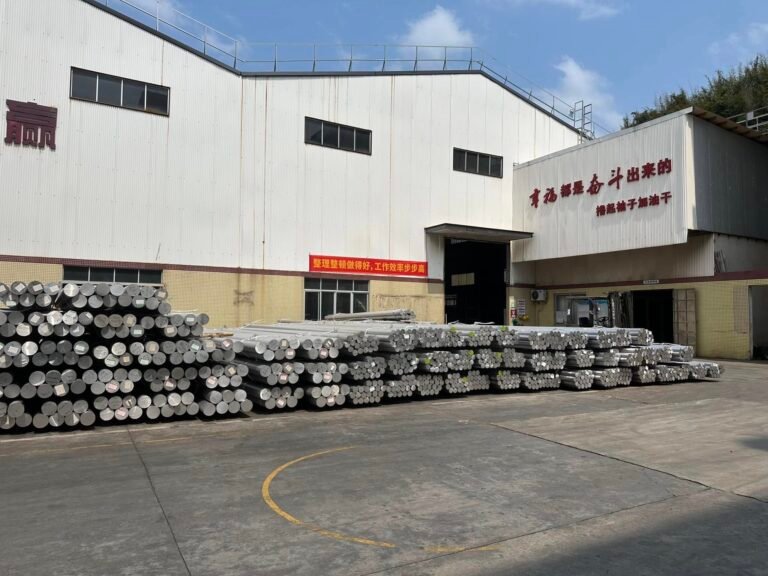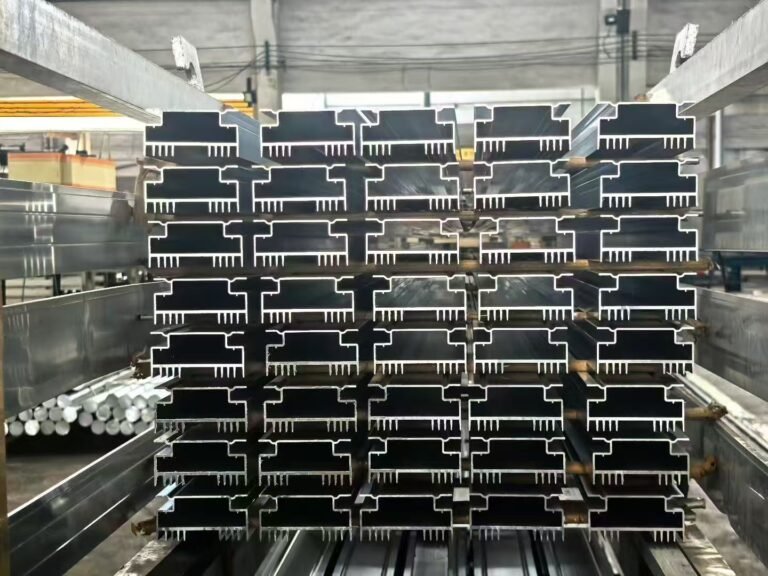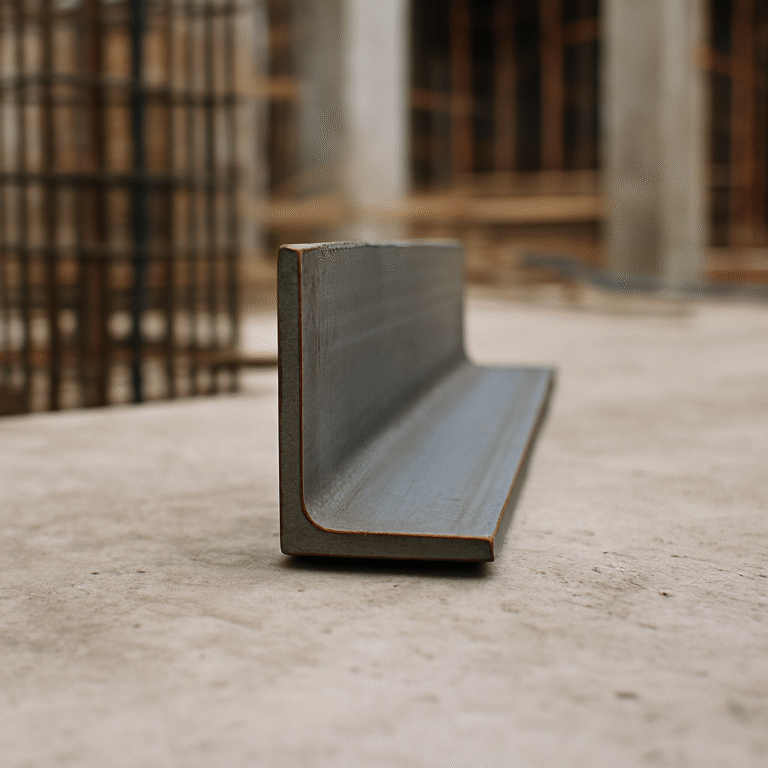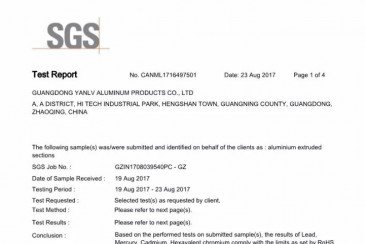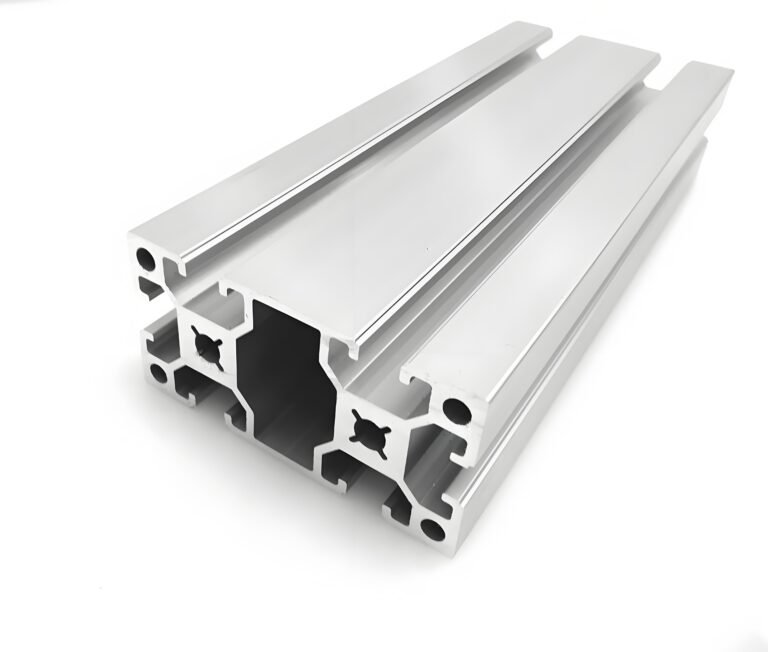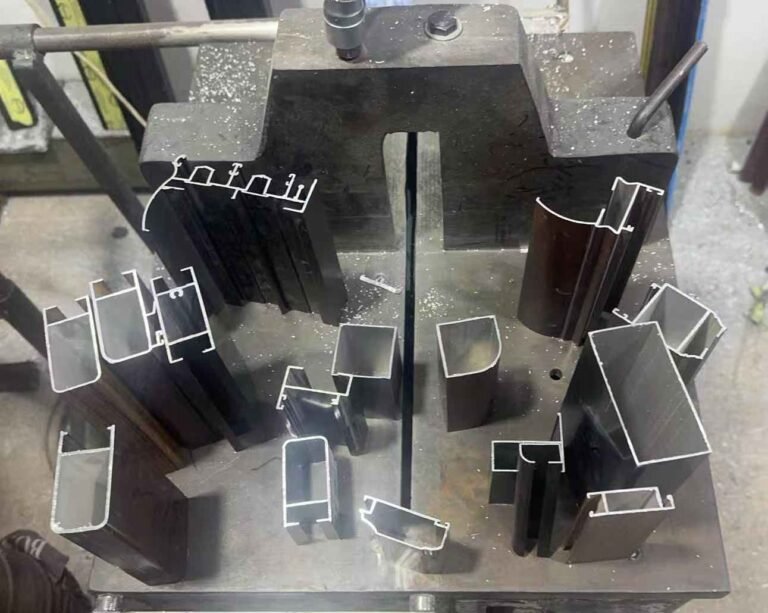Mold for Aluminum: The Complete Guide to Selecting the Right Mold for Your Project
Selecting the proper mold for aluminum is one of the most critical decisions in metal casting projects. The right mold can significantly impact your final product’s quality, detail, and structural integrity. With various mold materials and methods available—from steel mold for aluminum casting to silicone mold for aluminum casting—understanding their distinct advantages and applications ensures successful outcomes whether you’re creating intricate components or simple molds for aluminum pots.
This comprehensive guide explores the different types of mold material for aluminum casting, their specific use cases, and how to choose the best option for your manufacturing needs.
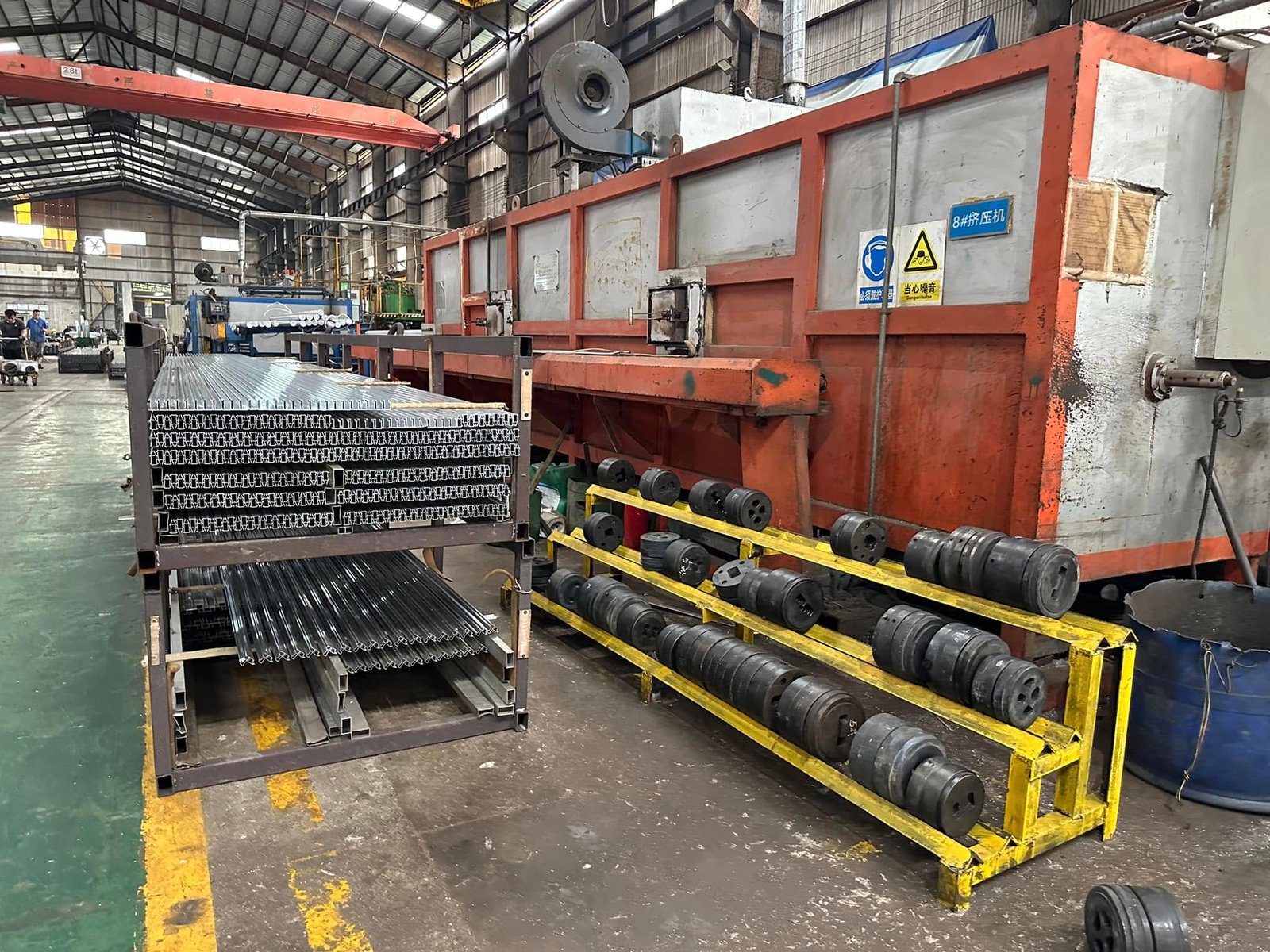
Understanding Aluminum Casting Molds: Basic Concepts and Applications
Aluminum casting involves pouring molten aluminum into a mold cavity, where it solidifies into the desired shape. The mold for aluminum casting serves as this crucial negative template. With aluminum’s melting point at approximately 660°C
, the mold material must withstand high temperatures while maintaining dimensional stability.
The fundamental mold constant for aluminum represents the relationship between solidification time and the square of the volume-to-surface-area ratio, a critical factor in mold design that affects cooling rates and final material properties.
Common Applications of Aluminum Molds
-
Industrial components: Engine parts, machinery fittings, and structural elements
-
Consumer goods: Molds for aluminum pots, pans, cookware, and utensils
-
Decorative items: Art pieces, sculptures, and architectural elements
-
Ingot production: Ingot mold for aluminum for creating standardized raw material blocks
-
Prototype development: Rapid prototyping and custom one-off productions

Types of Mold Materials for Aluminum Casting
Reusable Mold for Aluminum Casting: Steel Molds
Steel mold for aluminum casting represents the premium choice for high-volume production runs. These molds, typically made from hardened steel or specialized alloys like LG mold steel, offer exceptional durability and precision.
Key advantages:
-
Withstands temperatures exceeding 1000°C
-
Can be used for hundreds of thousands of cycles
-
Excellent for detailed impressions and tight tolerances
-
Maintains dimensional stability under repeated use
Common applications:
-
High-volume die-casting operations
-
Automotive and aerospace components
-
Complex geometrical shapes requiring precision
According to industrial standards, a properly maintained steel mold for aluminum casting can achieve a mold life of 500,000-1,000,000 shots
in die-casting applications.
Specialized Mold Materials for Specific Applications
Graphite Ingot Mold for Aluminum
Graphite mold for aluminum offers excellent thermal stability and a naturally non-stick surface, making it ideal for creating smooth finishes. Graphite can withstand temperatures up to 1650°C
, far beyond aluminum’s melting point. These characteristics make graphite particularly suitable for ingot mold for aluminum applications where easy release and consistent dimensions are valued.
Advantages:
-
Superior heat resistance
-
Natural release properties without need for coatings
-
Good machinability for custom shapes
-
Suitable for repeated use with proper care
Silicone Mold for Aluminum Casting
While standard silicone has limitations for direct aluminum casting due to high temperatures, specialized high-temperature silicone compounds can be used for certain aluminum casting applications. Some silicone mold for aluminum casting applications utilize advanced materials that can withstand temperatures up to 300-500°C, though these often require special techniques for successful aluminum casting.
Best for:
-
Prototype development
-
Low-volume art pieces
-
Applications where flexibility is required
Traditional and Specialty Mold Options
Sand Casting Molds for Aluminum
Sand molds, particularly green sand (sand mixed with clay and moisture), represent one of the oldest and most versatile approaches to creating a mold for aluminum casting. This method involves packing specially prepared sand around a pattern, then carefully removing the pattern to create the cavity for casting.
Key features:
-
Withstands temperatures to approximately 1000°C
-
Low cost and highly adaptable
-
Suitable for both small and large castings
-
Can produce reasonable surface detail
Plaster Mold for Aluminum Casting
Plaster mold for aluminum casting offers superior surface finish and detail reproduction compared to sand casting. Plaster molds can capture intricate details, making them popular for decorative items and precision components.

Advantages:
-
Excellent detail reproduction
-
Smooth surface finish
-
Relatively quick to produce
Considerations:
-
Lower permeability than sand molds
-
May require additional venting
-
Generally single-use applications
How to Select the Right Mold for Aluminum Casting
Choosing the appropriate mold material for aluminum casting depends on several factors:
Consider Your Production Volume
-
High volume (10,000+ units): Steel mold for aluminum casting offers the best long-term value
-
Medium volume (100-10,000 units): Graphite or specialized composite molds
-
Low volume (under 100 units): Sand, plaster, or specialty silicone mold for aluminum casting
Evaluate Detail Requirements
-
High detail: Plaster mold for aluminum casting or steel molds
-
Medium detail: Graphite or sand molds
-
Basic shapes: Simple sand molds or ingot mold for aluminum for basic forms
Assemble Your Cost Considerations
-
Initial investment: Steel molds have high upfront costs but lower per-unit cost at volume
-
Material costs: Sand is inexpensive; specialized silicones and graphites cost more
-
Labor costs: Sand molds require significant labor; steel molds are largely automated once created
Custom Aluminum Mold Solutions at GuangYan Aluminum
At GuangYana Aluminum, we specialize in helping clients select and create the ideal mold for aluminum based on their specific project requirements, volume needs, and budget considerations.

-
Custom mold design and fabrication
-
Material selection guidance
-
Prototyping and testing
-
Production optimization
Whether you need a durable reusable mold for aluminum casting for mass production or specialized molds for aluminum pots for culinary equipment manufacturing, our technical team can recommend the optimal solution.
Conclusion: Making the Right Mold Choice for Your Aluminum Project
Selecting the proper mold for aluminum casting requires careful consideration of your project requirements, production volume, detail needs, and budget. From high-volume steel mold for aluminum casting to specialized ingot mold for aluminum applications, each option offers distinct advantages.
By understanding the properties and best uses of each mold material for aluminum casting, you can make informed decisions that optimize both quality and cost-effectiveness for your specific application

